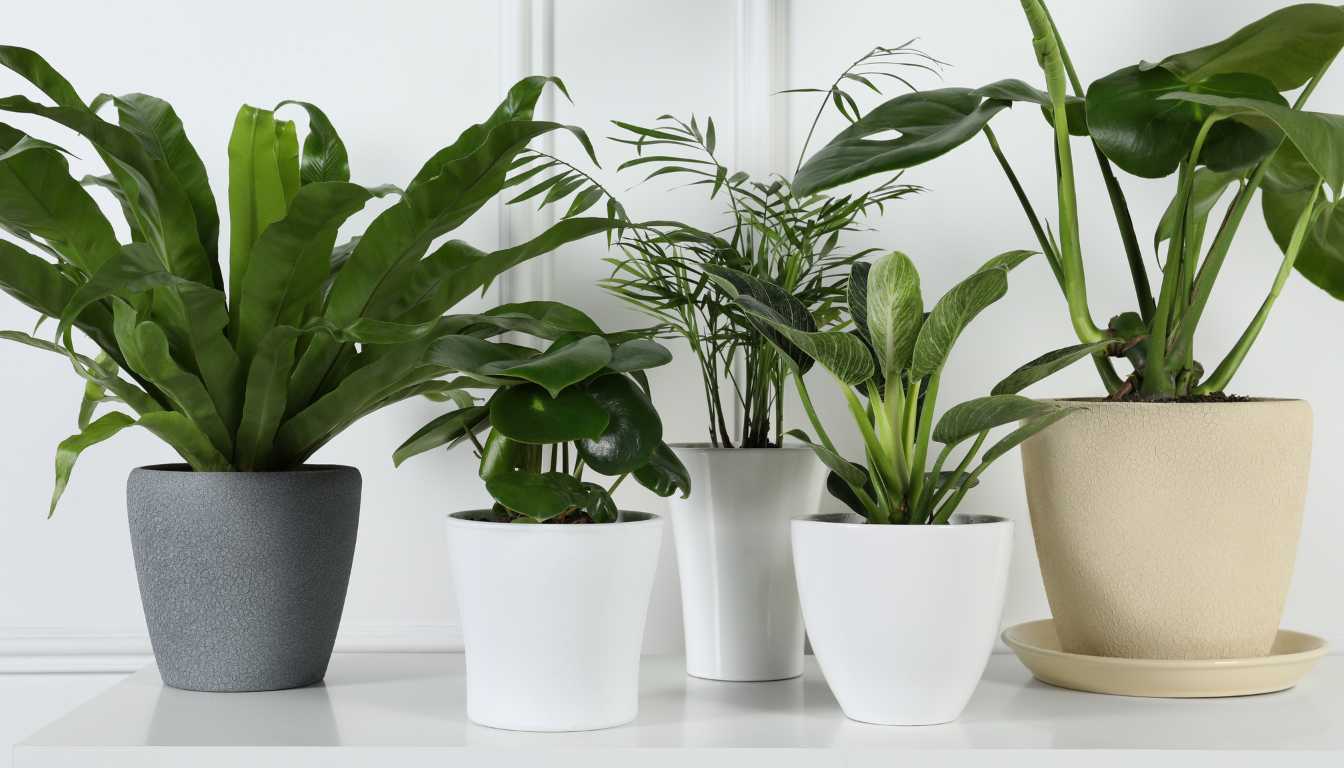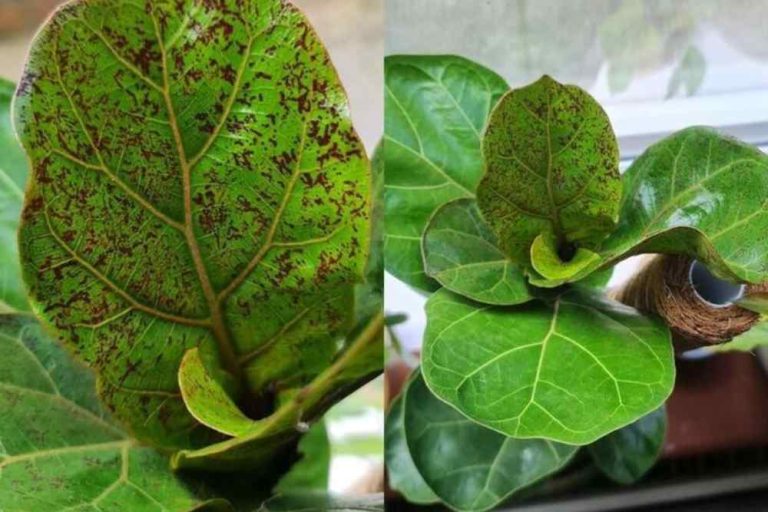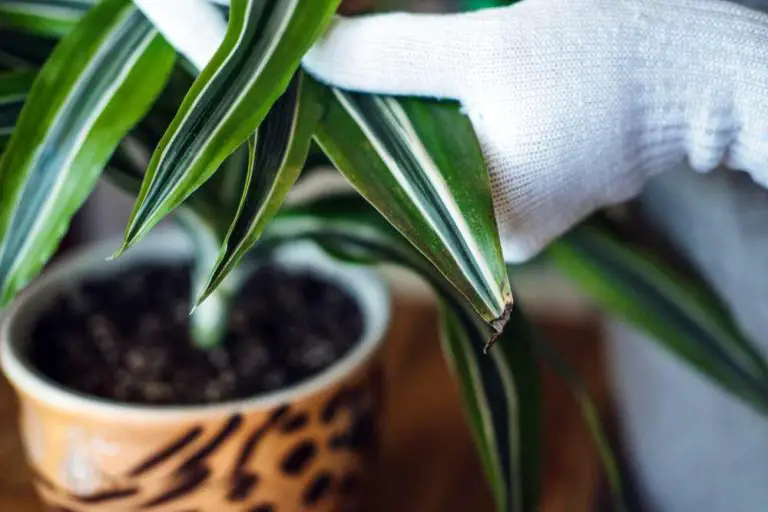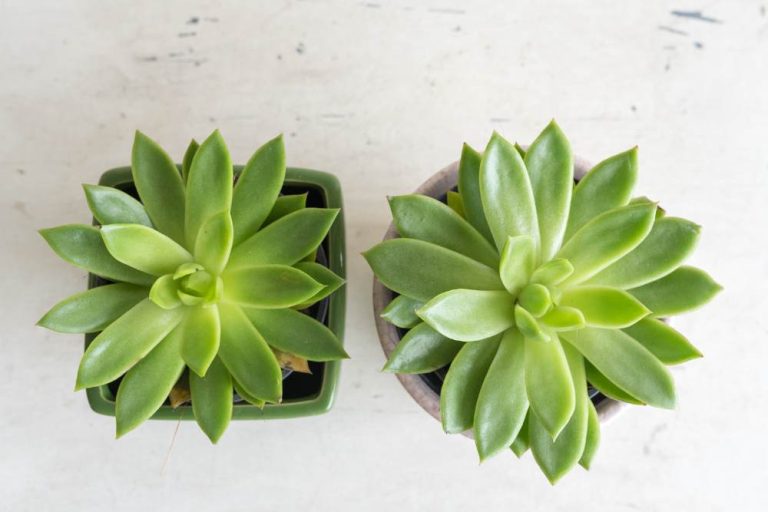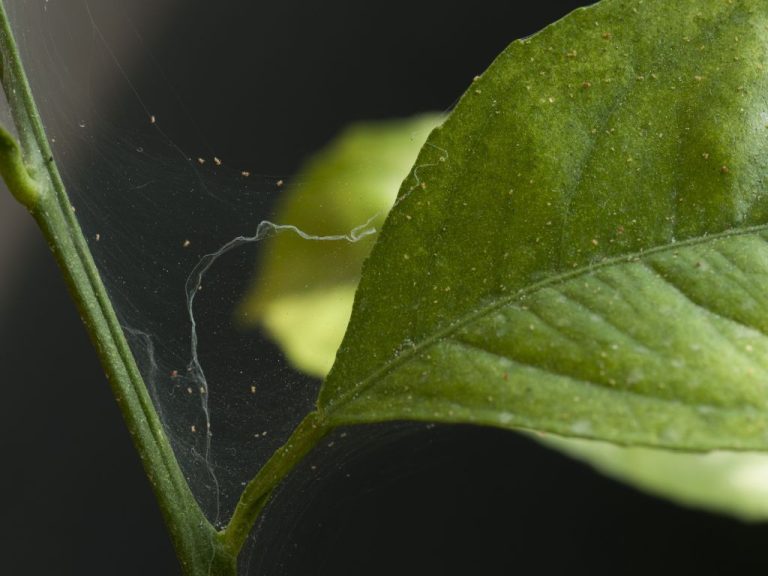What Indoor Plants Are Safe For Cats and Dogs: Your Guide
When choosing indoor plants for your home, it’s important to consider the safety of your furry friends. Some plants can be toxic to cats and dogs if ingested. However, there are plenty of pet-friendly indoor plants that are non-toxic and safe to have around your four-legged companions. In this comprehensive guide, we will explore the what indoor plants are safe for cats and dogs, allowing you to create a pet-friendly environment at home.
- There are many pet-friendly indoor plants that are non-toxic to cats and dogs.
- Boston Fern, Polka Dot Plant, Watermelon Peperomia, Orchid, Staghorn Fern, African Violet, Spider Plant, and select herbs are safe options for pet owners.
- It is important to be aware of and avoid popular indoor plants that are toxic to pets.
- Creating a pet-friendly environment involves selecting the right plants and keeping toxic plants out of reach.
- Proper care and maintenance are essential to ensure the well-being of both your plants and pets.
Boston Fern
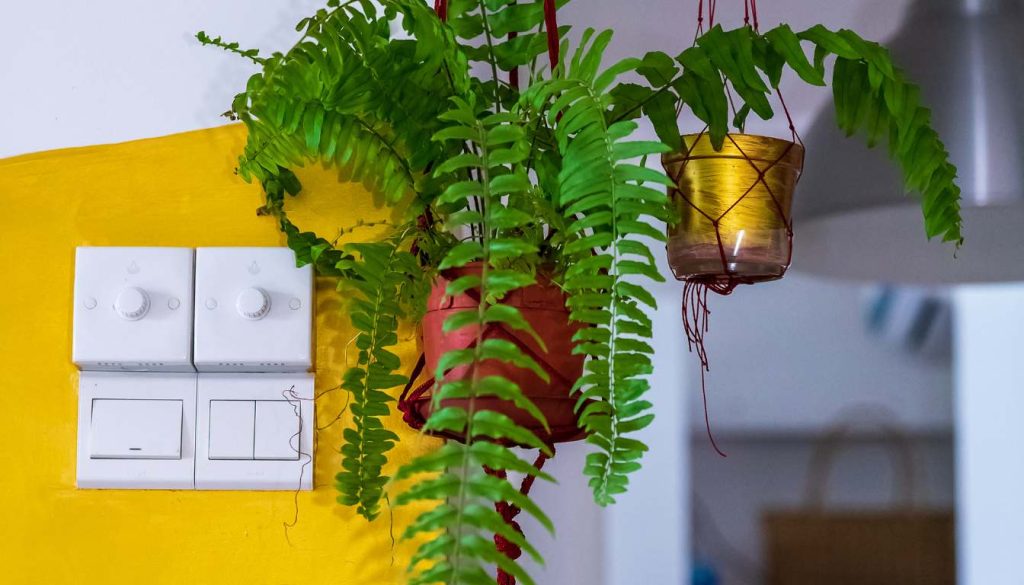
If you’re looking for a beautiful and safe plant for your cats and dogs, the Boston Fern is an excellent choice. Not only is it visually appealing, but it is also low-maintenance, making it a perfect addition to your pet-friendly home. This fern requires feeding only every two months, making it easy to care for even for busy pet owners. You can let your furry friends bat at the ferns or take a playful bite without any worries.
To keep your Boston Fern happy and thriving, it’s important to place it in a cool spot with indirect light and high humidity. Additionally, setting the fern’s pot in a tray of pebbles filled with water and misting its leaves twice a week will provide the optimal conditions for growth. Keep the soil consistently damp to ensure the fern’s well-being.
The Boston Fern is not only safe for your pets but also a gorgeous addition to any room in your home. Its vibrant green foliage brings a touch of nature indoors while providing a safe environment for your furry companions. Consider adding a Boston Fern to your collection of pet-friendly plants, and enjoy the beauty and peace of mind it brings.
Read – Boston Fern Sprcies
Polka Dot Plant
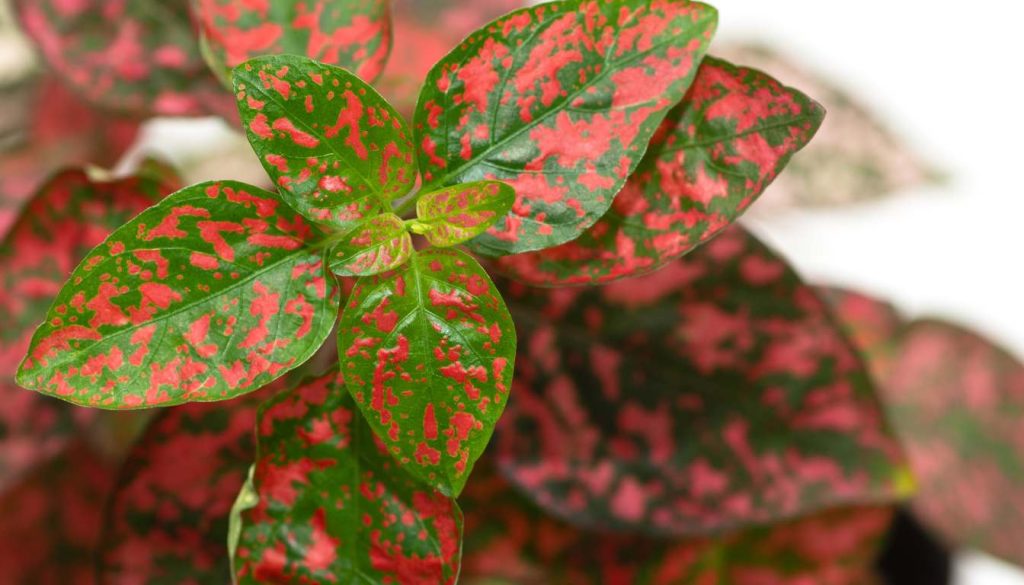
When it comes to adding a touch of beauty to your indoor space while keeping your furry friends safe, look no further than the Polka Dot Plant. This striking plant, scientifically known as Hypoestes phyllostachya, is not only visually appealing but also pet-safe, making it an excellent choice for any pet-friendly home.
The Polka Dot Plant is characterized by its unique spotted leaves, which come in various colors such as pink, red, and white. These vibrant patterns make it a standout addition to any room, adding a pop of color and visual interest. Whether you place it on a windowsill, a shelf, or as part of a larger indoor plant display, the Polka Dot Plant is sure to catch your eye.
Aside from its aesthetic appeal, the Polka Dot Plant is also easy to care for, making it ideal for both seasoned plant enthusiasts and beginners. It thrives in bright, indirect light, making it suitable for most indoor spaces. It prefers a moderate amount of moisture in the soil, so be sure to water it regularly, allowing the top inch of soil to dry out between waterings.
Whether you have cats, dogs, or both, you can rest easy knowing that the Polka Dot Plant is safe for your furry companions. Its leaves are non-toxic to pets, reducing the risk of any harmful effects if they happen to nibble on the foliage out of curiosity. However, it’s always a good idea to discourage your pets from chewing on any plant to avoid any potential digestive issues.
With its stylish appearance and pet-safe qualities, the Polka Dot Plant is an excellent choice for anyone looking to enhance their indoor space while keeping their beloved pets in mind. Add this delightful plant to your collection and create a welcoming and pet-friendly environment in your home.
Watermelon Peperomia
When it comes to choosing indoor plants that are safe for cats and dogs, one delightful option to consider is the Watermelon Peperomia. With its unique leaves that resemble watermelon rinds, this plant adds a touch of style to any pet-friendly home. Not only is it aesthetically pleasing, but it is also non-toxic to cats and dogs, giving pet owners peace of mind.
The Watermelon Peperomia thrives in indirect sunlight, making it suitable for a variety of indoor spaces. Its watering needs are minimal, requiring watering only when the top inch or two of soil is dry to the touch. This low-maintenance plant can tolerate a range of temperatures between 65-80 degrees Fahrenheit, making it adaptable to different climates.
Benefits of Watermelon Peperomia in Pet-Friendly Homes
Aside from being safe for cats and dogs, the Watermelon Peperomia offers additional benefits in pet-friendly homes. It acts as a natural air purifier, helping to remove toxins from the air and improve overall indoor air quality. This is especially beneficial for households with pets, as it can help eliminate any lingering pet odors.
In addition, the Watermelon Peperomia can be a source of stimulation for your furry friends. Its textured leaves may pique their curiosity, providing them with a form of entertainment. Just be sure to place the plant in a location where your pets can safely investigate without causing any damage to the plant or themselves.
Overall, the Watermelon Peperomia is a wonderful addition to any pet-friendly home. Its vibrant foliage, easy care requirements, and non-toxic nature make it a safe and stylish choice for both pet owners and their furry companions.
Orchid
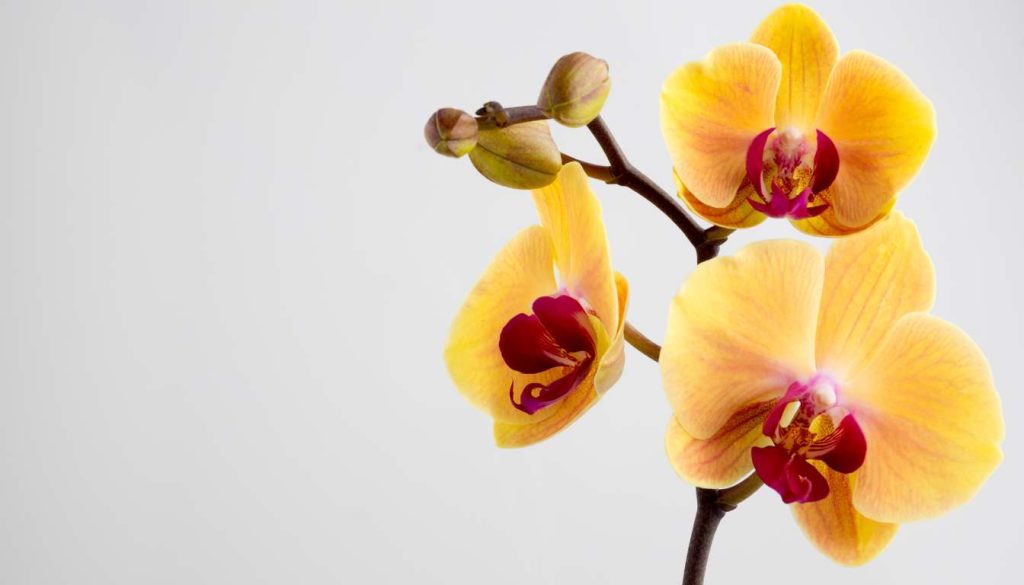
Orchids are renowned for their elegance and beauty, making them a popular choice for indoor plants. The good news is that orchids are also safe for cats and dogs, allowing you to enjoy their stunning blooms without worrying about the well-being of your furry companions. With proper care, an orchid can last up to four months, bringing a touch of natural beauty to your home.
When it comes to caring for orchids, it’s important to provide them with the right conditions. Orchids thrive in partial light, so placing them near a window with indirect sunlight is ideal. As for watering, orchids should be watered once a week during the winter and twice a week in hotter months. It’s essential to strike a balance as overwatering or exposing the orchid to excessive sunlight can lead to yellowing of the leaves.
Creating a suitable environment for your orchid is crucial for its growth and longevity. Orchids prefer bright, warm, and humid environments, so you may want to consider placing them in a bathroom or using a humidifier in the room. By providing the right conditions and care, you can enjoy the beauty of orchids while keeping your pets safe and happy.
Creating a Pet-Friendly Home with Orchids
Having a pet-friendly home doesn’t mean you have to sacrifice the beauty of indoor plants. Orchids are a perfect example of a plant that is both visually stunning and safe for cats and dogs. By selecting pet-friendly plants like orchids, you can create a harmonious environment where your pets can roam freely without the risk of ingesting toxic plants.
Orchids not only add a touch of elegance to any room but also provide a calming and soothing ambiance. Their delicate flowers and graceful stems make them a favorite among plant enthusiasts. With their wide variety of colors and patterns, orchids can complement any interior style, whether it be modern, rustic, or eclectic.
Staghorn Fern
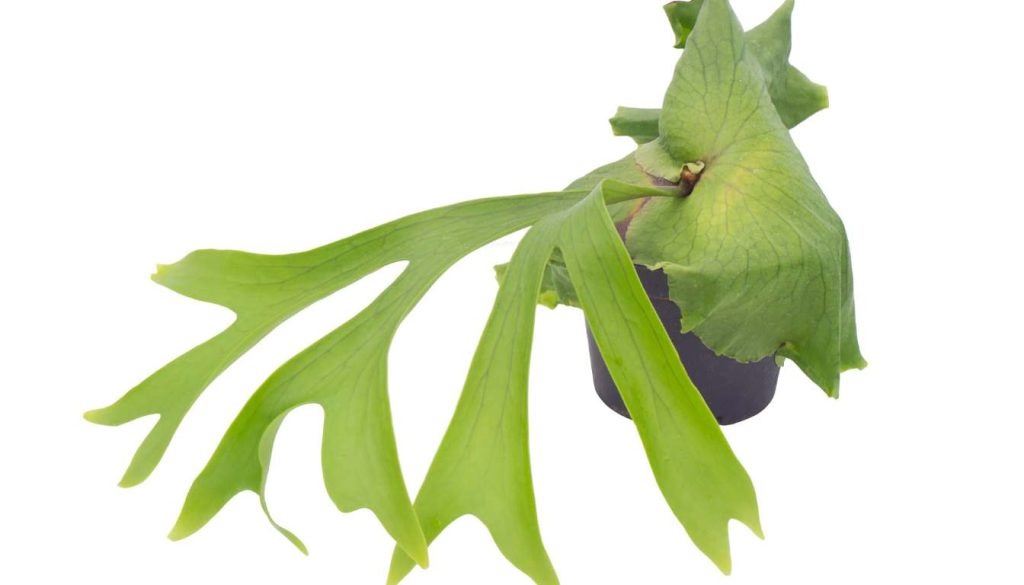
When it comes to creating a pet-friendly environment at home, the Staghorn Fern is an excellent choice. This unique plant, also known as the Platycerium, adds a touch of natural beauty to any room while being safe for both cats and dogs. Whether you choose to pot it, mount it on a wall, or hang it in a basket, the Staghorn Fern will be a stylish addition to your home.
The Staghorn Fern thrives in bright or indirect light, making it easy to find the perfect spot for it in your home. It requires watering every one to three weeks, depending on the weather and humidity. If you place it in a bathroom, you’ll only need to water and mist it every three weeks. This low-maintenance plant is perfect for pet owners who want to enjoy the beauty of indoor plants without the worry.
Benefits of the Staghorn Fern
Aside from being safe for pets, the Staghorn Fern offers several benefits to your home environment. It helps purify the air by removing toxins and adding oxygen, improving the overall air quality. Additionally, this fern can act as a natural humidifier, releasing moisture into the air and creating a more comfortable living space for both you and your pets. Its unique shape and texture also make it a great conversation piece and a focal point in any room.
With its pet-friendly nature and aesthetic appeal, the Staghorn Fern is a top choice for anyone looking to enhance their indoor plant collection. Its easy care requirements and ability to thrive in various lighting conditions make it an excellent addition to any pet-friendly home.
Why Your Pets Are Attracted to Plants?
It is common for dogs and cats to be attracted to plants. One possible reason is that certain plants taste good to pets and provide them with nutrients they may not get from their regular diet.
In some cases, pets may chew on plants when they are feeling nauseous or bloated, as it can help their digestive system. Boredom can also be a reason for their attraction to plants. To cultivate a pet-friendly environment, it’s important to have plants that are safe for cats and dogs around.
The Taste and Nutritional Aspect
Pets are naturally curious creatures, and they may be drawn to plants that have a pleasant taste. Some plants contain nutrients that can be beneficial to your furry friends.
For example, grass is known to aid in digestion and help eliminate hairballs. Cats often chew on grass to induce vomiting and relieve an upset stomach. Similarly, dogs may be attracted to certain plants that have a satisfying taste or provide them with additional nutrients.
Relief for Digestive Distress
When pets are feeling nauseous or bloated, they may instinctively seek out plants as a form of self-medication. Chewing on certain leaves or grass can help stimulate their digestive system and alleviate discomfort.
However, it’s important to note that not all plants are safe for pets to consume, and ingesting certain toxic plants can lead to serious health issues. It’s crucial to provide your pets with safe, pet-friendly plants to satisfy their natural instincts without putting their health at risk.
Boredom and Entertainment
Pets, especially dogs, may also be attracted to plants out of boredom. If they don’t have enough mental or physical stimulation, they may resort to chewing on plants as a form of entertainment. Providing plenty of toys, exercise, and interactive playtime can help mitigate this behavior and redirect their attention.
Additionally, having pet-safe plants in your home can provide a natural and visually appealing environment for your furry companions, keeping them engaged and entertained.
African Violet
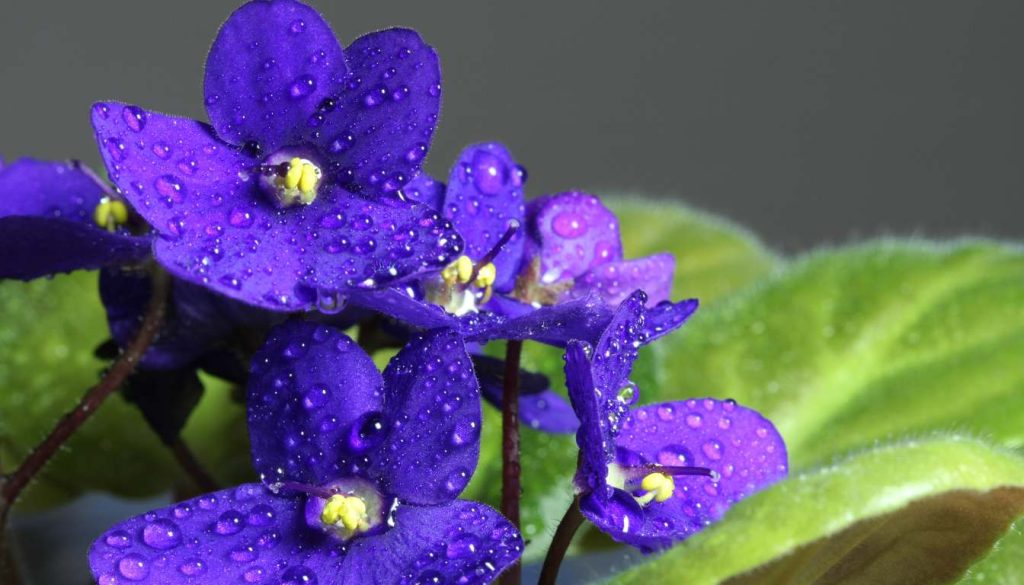
If you’re a cat owner looking to add some color and beauty to your home with indoor plants, you’ll be pleased to know that African Violets are both visually stunning and safe for your furry friends. These low-maintenance blooming houseplants come in a variety of shades, from vibrant purples to soft pinks, and can thrive in moderate light conditions.
African Violets prefer moist soil, so it’s important to water them regularly, ensuring the soil is consistently damp but not waterlogged. To prevent water damage, it’s recommended to water the plants from the bottom by placing the pot in a tray filled with water. This way, the plant can absorb water as needed.
These pet-safe houseplants are known for their long-lasting blooms, adding a touch of color to any room. Their delicate flowers create a calming atmosphere and make them a perfect addition to your cat-friendly space. To help your African Violet thrive, provide it with adequate light, maintain proper watering, and keep it away from drafts or extreme temperature changes.
Creating a Peaceful Environment with African Violets
Not only are African Violets safe for your furry feline friends, but they also create a peaceful environment in your home. The vibrant colors and velvety textures of their blooms can have a calming effect on both you and your cat. Place your African Violet in a prominent spot where you and your cat can enjoy its beauty, such as a windowsill or a side table.
The presence of plants in your home can contribute to a sense of tranquility and well-being. African Violets are a wonderful choice for cat owners who want to create a peaceful and harmonious space while ensuring the safety of their beloved pets.
With African Violets, you can enjoy the beauty of houseplants without worrying about your cat’s safety. These cat-safe houseplants are not only visually appealing but also contribute to a calming and serene atmosphere in your home. So go ahead and add a touch of color and elegance to your living space with these beautiful and pet-friendly African Violets.
Spider Plant
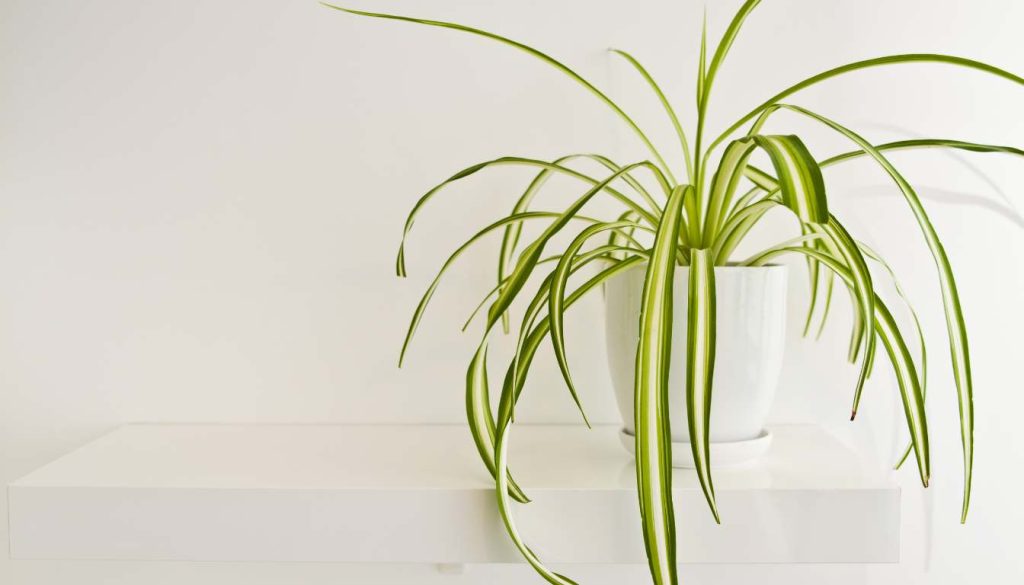
Spider Plant is a top choice for many cat and dog owners. This versatile plant not only adds a touch of greenery to your home but is also safe for your furry friends to be around. With its long, arching leaves and ability to thrive in a variety of conditions, the Spider Plant is a popular choice for both novice and experienced plant enthusiasts.
The Spider Plant, scientifically known as Chlorophytum comosum, is known for its air-purifying qualities, making it an excellent addition to any pet-friendly space. It has the ability to remove harmful toxins, such as formaldehyde and xylene, from the air, creating a healthier environment for both you and your pets. Additionally, this plant is non-toxic to cats and dogs, giving you peace of mind if your curious companions decide to investigate.
One of the reasons the Spider Plant is so popular among pet owners is its low maintenance nature. It can thrive in a wide range of lighting conditions, from bright indirect light to lower light areas, making it suitable for various areas in your home. This plant prefers to dry out between waterings and is more forgiving if you accidentally forget to water it occasionally.
In addition to being easy to care for, the Spider Plant is also a great choice for those looking to propagate their plants. It produces long, thin stems with “baby” spiderettes at the ends, which can be clipped and placed in water or soil to grow new plants. This process not only allows you to expand your plant collection but also makes for a fun and rewarding gardening project.
Pet-Friendly Herbs
When it comes to growing an indoor or outdoor herb garden, it’s essential to consider the safety of your beloved pets. Fortunately, there are several herbs that are not only safe but also provide a flavorful addition to your cooking. By incorporating pet-friendly herbs into your home, you can create a safe and enriching environment for your cats and dogs.
Read – Herb Gardening For Beginners
Basil: A Versatile and Safe Herb
Basil is a popular herb known for its vibrant aroma and versatility in various cuisines. The good news is that basil is safe for both cats and dogs. You can cultivate this herb indoors or outdoors, ensuring your pets have access to a fresh source of aromatic leaves. Whether you use it in pasta sauces, salads, or homemade pesto, basil adds a delightful flavor to your dishes.
Sage and Thyme: Safe and Savory Choices
Both sage and thyme are safe herbs that can enhance the taste of your meals while keeping your pets out of harm’s way. Sage is often used in savory dishes, such as roasted meats and stuffing, while thyme complements poultry, soups, and stews. With their earthy and aromatic profiles, sage and thyme are excellent choices for any pet-friendly herb garden.
Rosemary: A Fragrant Herb for Dogs and Cats
Rosemary not only adds a delightful aroma to your kitchen but is also safe for dogs and cats. This herb thrives in sunny locations and can be used in a variety of dishes, from roasted vegetables to grilled meats.
Additionally, rosemary possesses potential health benefits for pets, such as improving digestion and reducing inflammation. Just be sure to offer small amounts to your furry friends, as excessive consumption may cause digestive discomfort.
Popular Indoor Plants to Avoid
While it’s essential to know which indoor plants are safe for your furry companions, it’s equally important to be aware of the plants that are toxic to cats and dogs. Some popular indoor plants may look appealing but can pose a significant risk if ingested by your pets.
One such plant is Devil’s Ivy, also known as Pothos or Epipremnum aureum. This plant contains insoluble oxalate crystals, which can cause irritation and swelling in the mouth and throat, leading to difficulty swallowing and breathing.
Another toxic plant to watch out for is the snake plant, also called Sansevieria or Mother-in-Law’s Tongue. Ingesting this plant can cause nausea, vomiting, and diarrhea in cats and dogs.
Fiddle-leaf figs, scientifically known as Ficus lyrata, are also dangerous to pets if consumed. The sap of these plants contains toxins that can cause skin irritation, vomiting, and diarrhea in our furry friends.
Read – 10 Low Maintenance Pet Friendly Indoor Plants
FAQ
Are there indoor plants that are safe for cats and dogs?
Yes, there are many indoor plants that are non-toxic and safe for cats and dogs to be around.
What are some pet-friendly indoor plants?
Some pet-friendly indoor plants include the Boston Fern, Polka Dot Plant, Watermelon Peperomia, Orchid, Staghorn Fern, African Violet, Spider Plant, and select herbs like basil, sage, thyme, and rosemary.
Why are pets attracted to plants?
Pets may be attracted to plants because certain plants taste good to them, provide nutrients they may not get from their regular diet, can help settle their stomachs when they are feeling nauseous or bloated, or out of boredom.
Are African Violets safe for cats and dogs?
Yes, African Violets are non-toxic to both cats and dogs.
How do you care for a Spider Plant?
Spider Plants thrive in bright, indirect light and should be watered regularly. They are safe for cats and dogs.
What are some pet-friendly herbs?
Some pet-friendly herbs include basil, sage, thyme, and rosemary. However, parsley should be avoided as it can upset your pet’s stomach.
What are some popular indoor plants to avoid if you have pets?
Some popular indoor plants to avoid if you have pets include Devil’s Ivy, snake plants, and fiddle-leaf figs. These plants can be toxic if ingested by cats and dogs.
- 15 Ingenious Kitchen Garden Ideas to Cultivate Freshness Right at Home - April 7, 2024
- 10 Top Picks Best Plants for Open Terrarium - April 2, 2024
- 21 Easy and Cheap Walkway Ideas for a Charming Garden - March 31, 2024

